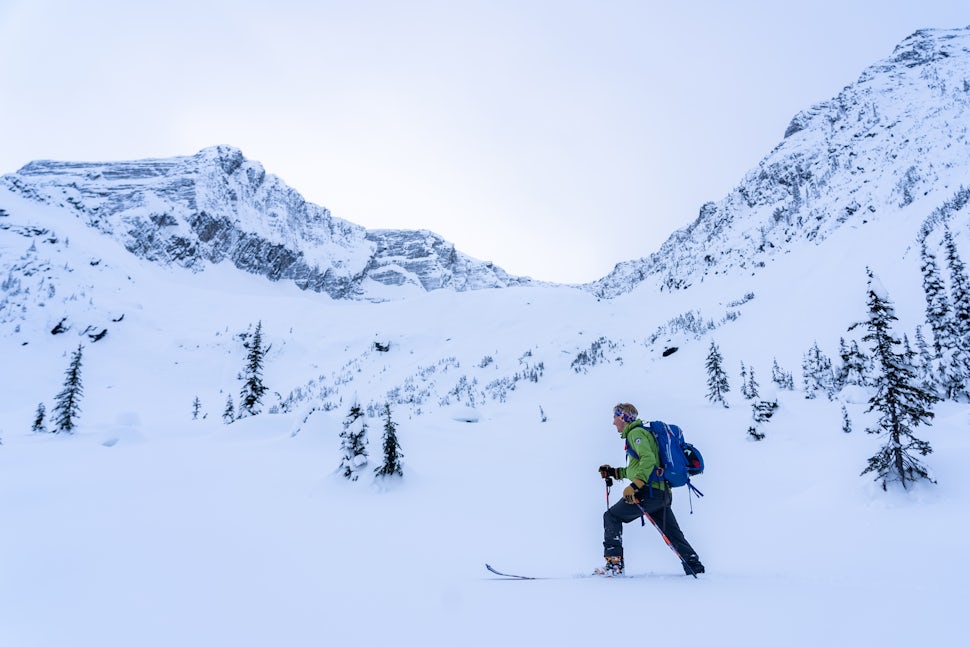Suunto 9 Watch Review
The Suunto 9 operated seamlessly regardless of the conditions, whether we were doing small snow climbs or setting involved, heinous skin tracks.

Nowadays on any trail you run, skin track you follow, or gravel road you ride you’ll see a plethora of modern, high tech watches. More or less, they all have similar features such as GPS, weatherproofing, and occasional heart rate monitoring capabilities. And that’s where the Suunto 9 comes in, having all of those features and then some.
Previously, I owned the Suunto Ambit3 Peak and loved and beat it to death. From years of backcountry skiing and trail running, it’s still holding strong. I expect the Suunto 9 will perform similarly, if not better, in the long run. The watch is claimed by Suunto to be their best ultra running watch and that it is “built to last, just like you.” Personally, I’d have to agree with those claims, especially to the durability of the watch.
This winter I headed up to the Revelstoke/Golden region of British Columbia to backcountry ski on the legendary Rogers Pass. My touring partner and I planned to stay for a week in the area, sampling the vast amounts of pillow lines and deep valleys that the region offered. Everyday was roughly a seven to ten mile tour, 4000’ to 5000’ climb, and an eight hour day. The Suunto 9 operated seamlessly regardless of the conditions, whether we were doing small snow climbs or involved, heinous skin tracks. At one point, the watch was a welcoming jamming device between two trees during a particularly steep and icy kick turn. Despite the variables we threw at the watch, it still looked new.
Another thing that was surprisingly exceptional was the battery life, particularly when setting the watch in “ultra mode.” Only on the seventh day did I have to recharge it. Unlike other watches I tested, I didn’t really have to worry about the battery dying on me.
While enjoying a beer after a day of skiing, it was interesting to take a look at the heart rate monitoring information from the tour. This was a bit more helpful than I was expecting since I’m usually not too worried about pace when out for a fun tour. However, after analyzing the data I was able to improve my pace and actually have some energy left in the tank compared to feeling empty at the end of the day.
One thing that I do wish could be added is a sensor that automatically notices whether the watch is actually on a wrist. The heart rate sensor, located on the bottom of the watch, would just light up even when the watch was just sitting on a counter. Other than that, I didn’t really have any complaints.
We want to acknowledge and thank the past, present, and future generations of all Native Nations and Indigenous Peoples whose ancestral lands we travel, explore, and play on. Always practice Leave No Trace ethics on your adventures and follow local regulations. Please explore responsibly!
Do you love the outdoors?
Yep, us too. That's why we send you the best local adventures, stories, and expert advice, right to your inbox.











